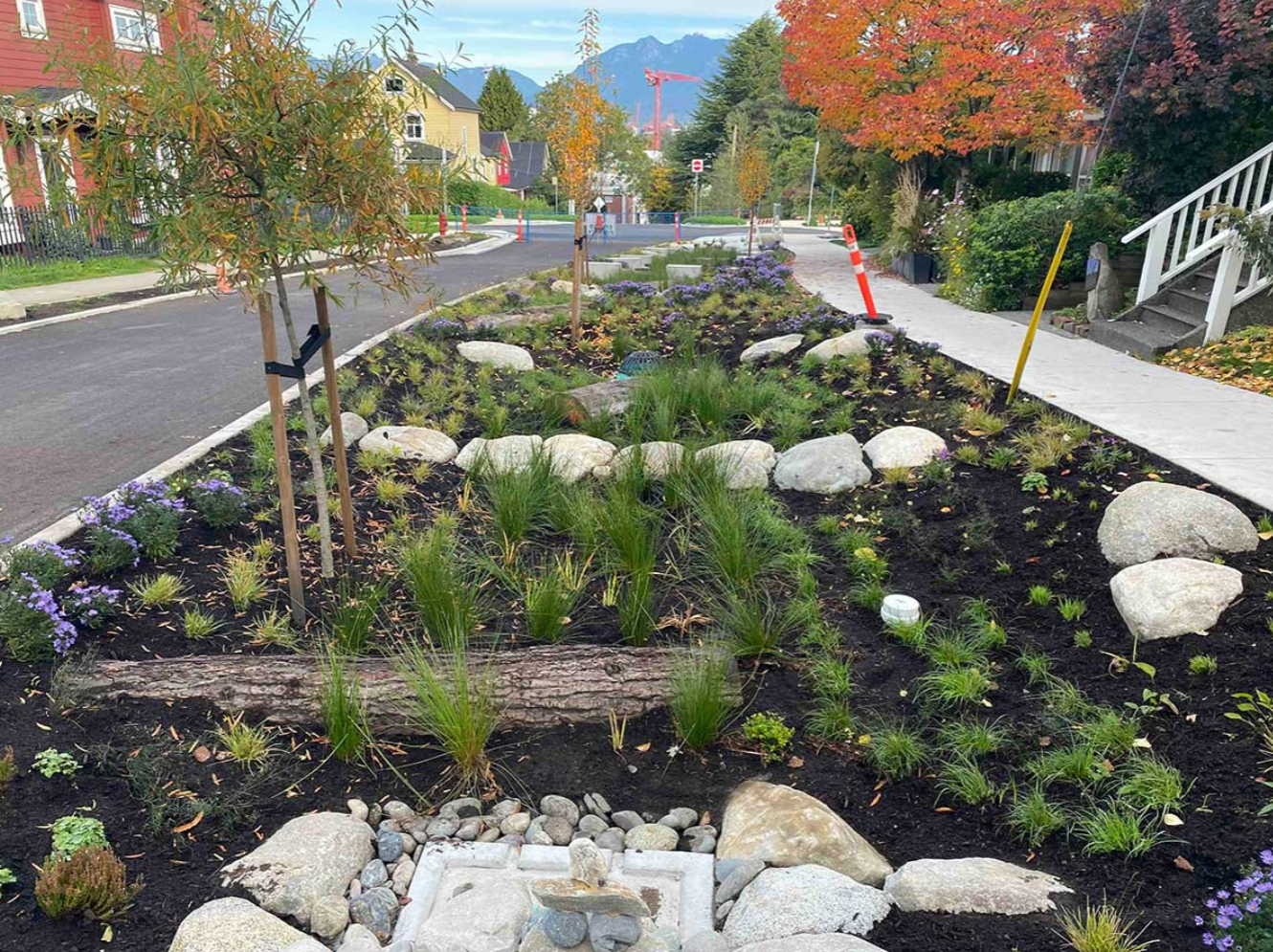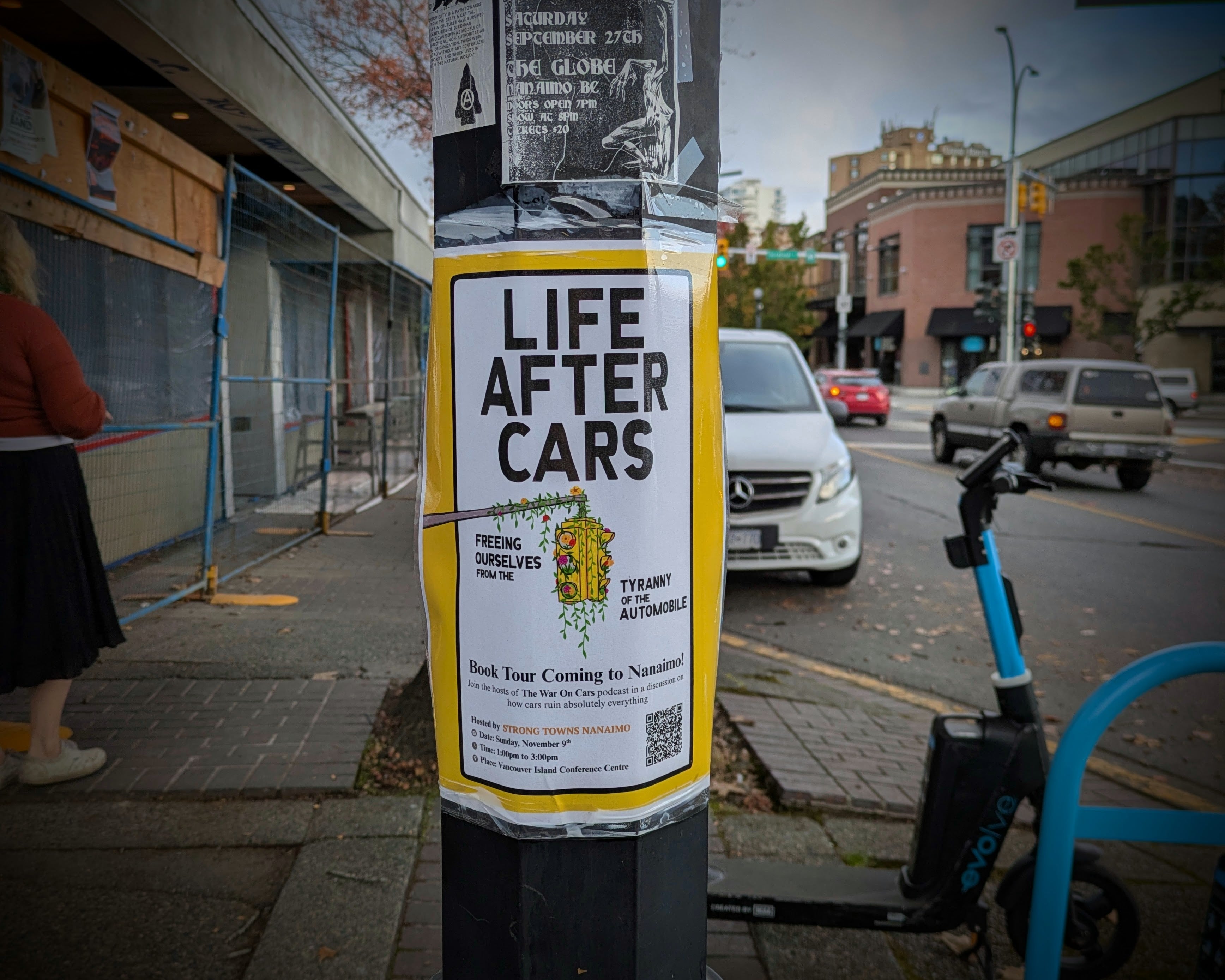- Strong Towns by Charles L Marohn Jr
- The Affordable City by Shane Phillips
- The High Cost of Free Parking by Donald C. Shoup
- Walkable City by Jeff Speck
- Death and Life of Great American Cities by Jane Jacobs
- Emergent Tokyo by Jorge Almazán
- Soft City: Building Density for Everyday by David Sim
- New Mobilities by Todd Litman
- Curbing Traffic by Chris & Melissa Bruntlett
- Building the Cycling City by Chris & Melissa Bruntlett
- Walkable City Rules by Jeff Speck
Strong Towns: A Bottom-Up Revolution to Rebuild American Prosperity by Charles L Marohn Jr
“Strong Towns” by Charles L. Marohn Jr. challenges traditional urban development patterns. Marohn advocates for a more sustainable approach to city planning, focusing on small-scale, incremental growth, and fiscal responsibility. He emphasizes that cities should prioritize resilience and adaptability to ensure long-term prosperity. (Amazon)
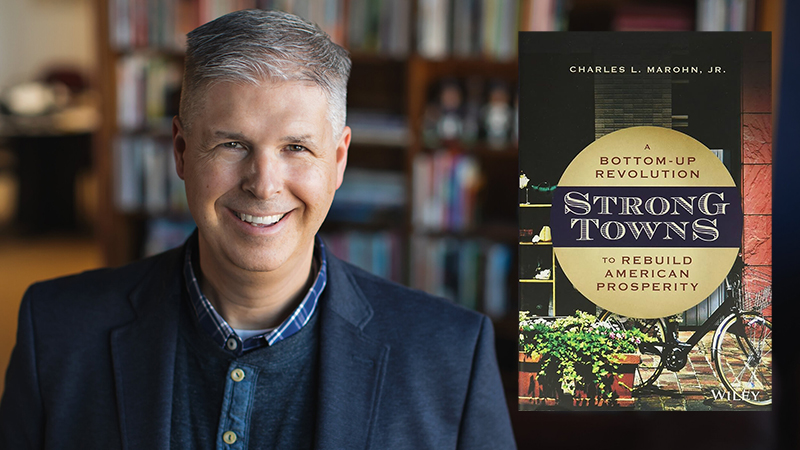 Charles L. Marohn Jr Strong Towns Promotional Material (Strong Towns)
Charles L. Marohn Jr Strong Towns Promotional Material (Strong Towns)
The Affordable City: Strategies for Putting Housing Within Reach (and Keeping it There) by Shane Phillips
“The Affordable City” by Shane Phillips explores strategies for creating and maintaining accessible housing in urban areas. The book delves into approaches to address the housing affordability crisis, emphasizing the importance of policy, engagement, and smart urban planning to ensure housing remains within reach for all. (Amazon)
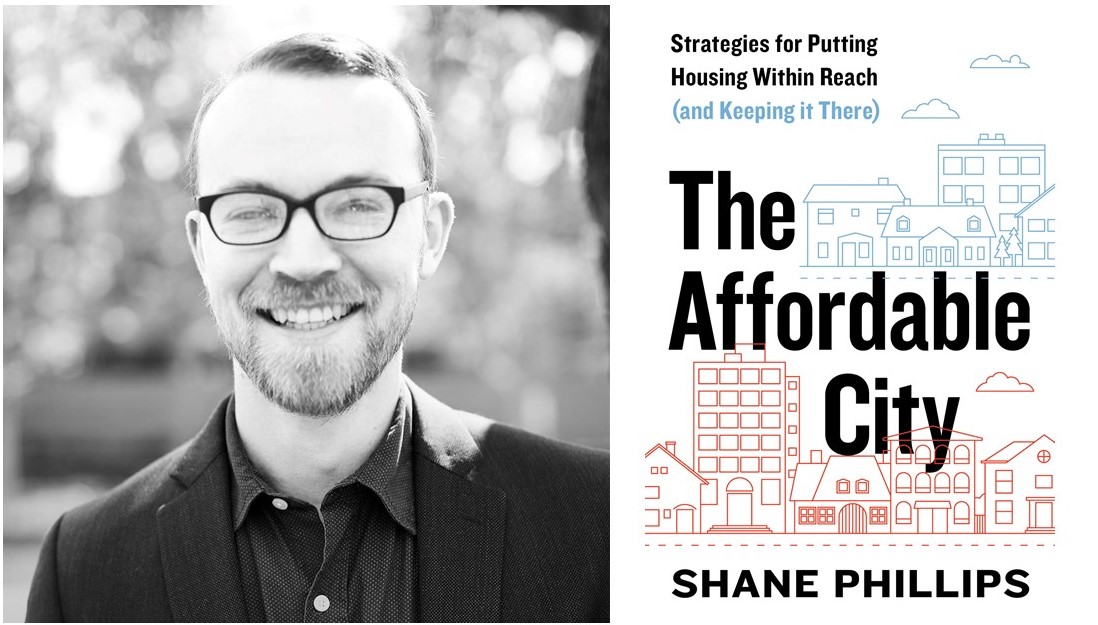 The Affordable City Promo Material Showcasing Book Cover and Author (Smart Growth America)
The Affordable City Promo Material Showcasing Book Cover and Author (Smart Growth America)
The High Cost of Free Parking by Donald C. Shoup
“The High Cost of Free Parking” by Donald C. Shoup highlights the hidden costs and negative impacts of providing free parking in cities. Shoup advocates for market-based pricing, efficient parking policies, and the idea that parking should pay its own way to create more sustainable and livable urban environments. (Amazon)
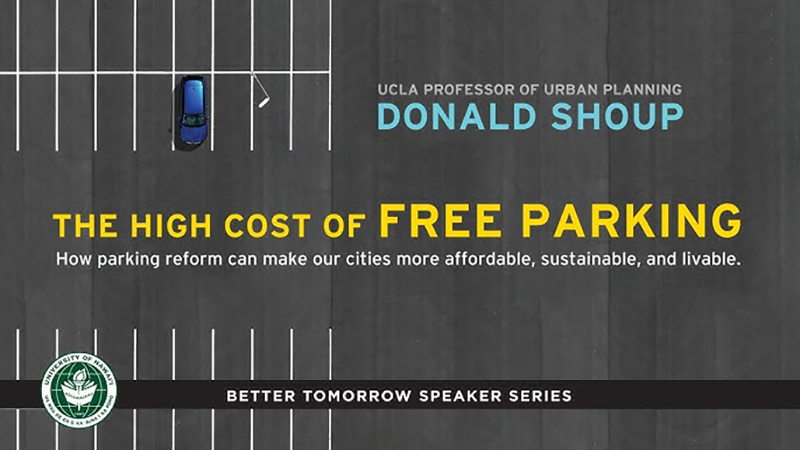 The High Cost of Free Parking Lecture Series Promotional Material (Better Tomorrow Speaker Series)
The High Cost of Free Parking Lecture Series Promotional Material (Better Tomorrow Speaker Series)
Walkable City: How Downtown Can Save America, One Step at a Time by Jeff Speck
“Walkable City” by Jeff Speck makes a compelling case for designing cities with a focus on walkability. Speck outlines practical strategies to create pedestrian-friendly urban spaces, emphasizing their positive impact on sustainability, health, and the economic vitality of downtown areas across America. (Amazon)
 Walkable City Promotional Material (Rethinking The Future)
Walkable City Promotional Material (Rethinking The Future)
Death and Life of Great American Cities by Jane Jacobs
“Death and Life of Great American Cities” by Jane Jacobs is a seminal work in urban planning. Jacobs emphasizes the importance of diverse, vibrant neighborhoods and community interaction. She critiques conventional urban planning and advocates for a bottom-up, people-centered approach to city design to foster healthier, more sustainable, and thriving urban environments. (Amazon)
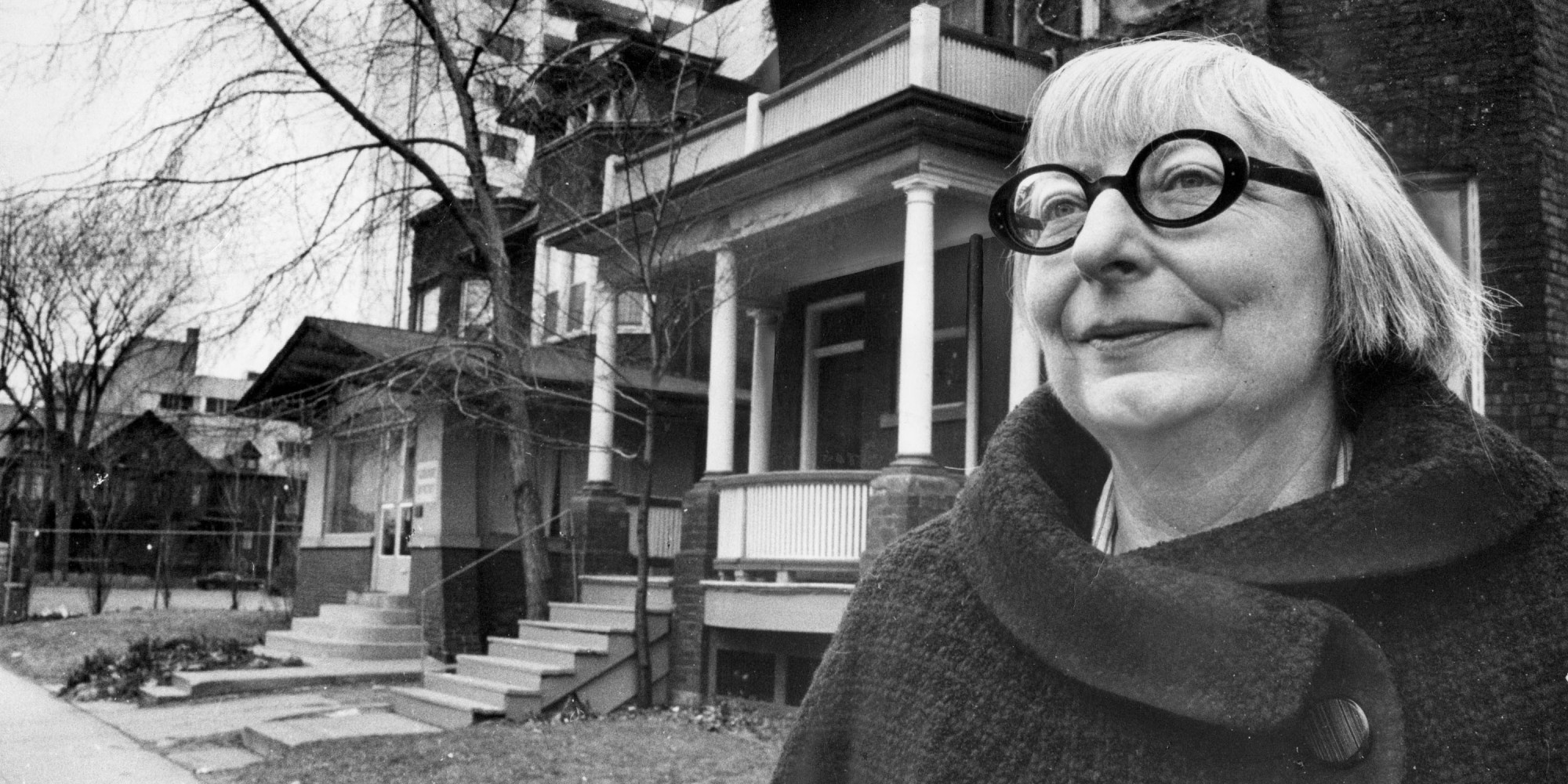 Jane Jacobs Promotional Headshot (Huffington Post)
Jane Jacobs Promotional Headshot (Huffington Post)
Emergent Tokyo by Jorge Almazán
“Emergent Tokyo: Designing the Spontaneous City” explores the dynamic and evolving nature of Tokyo’s urban landscape. The book delves into the city’s unique ability to adapt and grow organically, examining the role of spontaneous design in shaping its architecture and infrastructure. It emphasizes the fluid and emergent qualities that define Tokyo, challenging traditional notions of urban planning and showcasing the city as a living, breathing entity shaped by its inhabitants and their diverse interactions with the built environment. (Amazon)
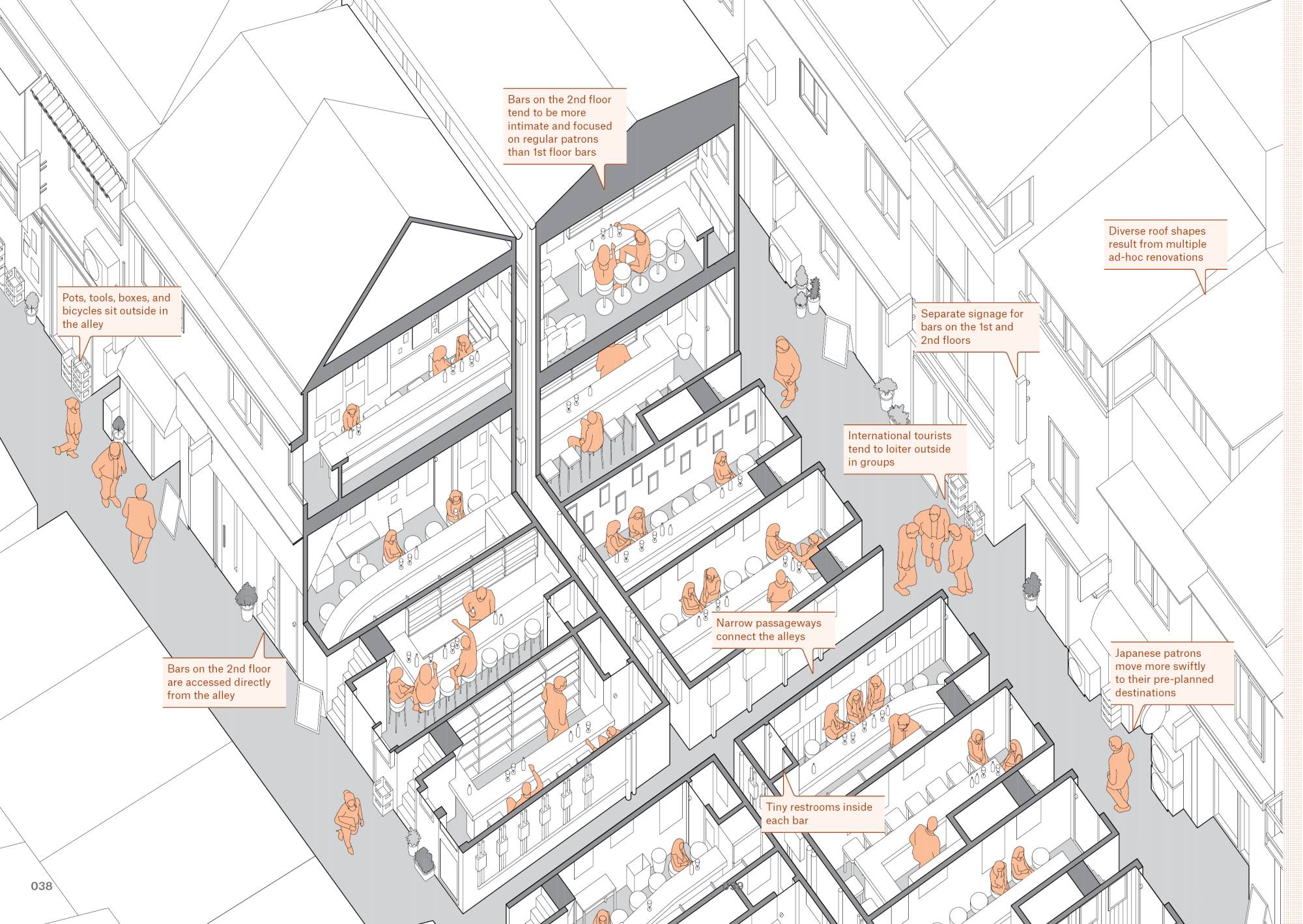 Cross-Section of Micro Bars and Shops in a Tokyo Neighbourhood (Jorge Almazán)
Cross-Section of Micro Bars and Shops in a Tokyo Neighbourhood (Jorge Almazán)
Soft City: Building Density for Everyday by David Sim
“Soft City: Building Density for Everyday Life” by David Sim explores the concept of “soft city” as a humane and people-centric approach to urban design. Sim argues for creating dense urban environments that prioritize human experience, social interaction, and well-being. The book emphasizes the importance of designing cities that are responsive to the needs of individuals, fostering a sense of community, and promoting a sustainable and enjoyable urban lifestyle.
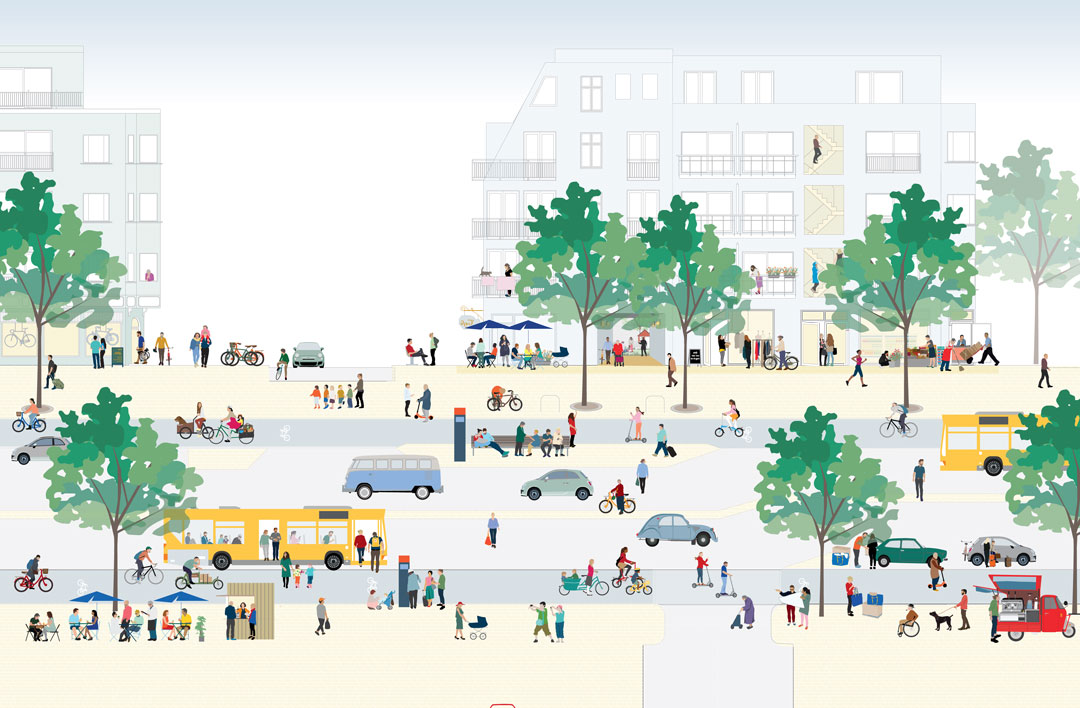 An image from the chapter “Getting About and Getting On.” Courtesy of Gehl.
An image from the chapter “Getting About and Getting On.” Courtesy of Gehl.
New Mobilities: Smart Planning for Emerging Transportation Technologies by Todd Litman
“New Mobilities: Smart Planning for Emerging Transportation Technologies” by Todd Litman explores the evolving landscape of transportation due to technological advancements. The book delves into how innovations like autonomous vehicles, electric cars, ride-sharing, and micro-mobility options are reshaping urban planning and policy. Litman emphasizes the importance of integrating these new technologies into comprehensive transportation planning to enhance efficiency, equity, and sustainability. He provides practical guidance for policymakers and planners to navigate these changes, advocating for adaptable and inclusive strategies to address the diverse needs of modern communities. (IslandPress)
Curbing Traffic: The Human Case for Fewer Cars in Our Lives by Chris & Melissa Bruntlett
“Curbing Traffic: The Human Case for Fewer Cars in Our Lives” by Chris and Melissa Bruntlett argues for reducing car dependency to improve urban living. Drawing from their experiences in the Netherlands, the authors illustrate how less car-centric cities enhance safety, health, and community well-being. They advocate for policies prioritizing cycling, walking, and public transit, showing how these changes create more livable, equitable, and sustainable urban environments. The book combines personal anecdotes, research, and practical examples to make a compelling case for rethinking transportation priorities. (IslandPress)
Building the Cycling City: The Dutch Blueprint for Urban Vitality by Chris & Melissa Bruntlett
“Building the Cycling City: The Dutch Blueprint for Urban Vitality” by Chris and Melissa Bruntlett explores how the Netherlands has successfully integrated cycling into its urban fabric. The book highlights Dutch policies and design principles that prioritize cycling infrastructure, safety, and accessibility. Through case studies and interviews, the authors demonstrate the social, economic, and environmental benefits of a cycling-friendly city. They argue that other cities can replicate these strategies to enhance urban vitality, reduce traffic congestion, and improve overall quality of life. (IslandPress)
Walkable City Rules: 101 Steps to Making Better Places by Jeff Speck
“Walkable City Rules: 101 Steps to Making Better Places” by Jeff Speck provides practical guidance for creating walkable urban environments. The book outlines 101 actionable steps, covering aspects like street design, zoning policies, and public spaces, aimed at making cities more pedestrian-friendly. Speck emphasizes the benefits of walkability, including improved health, economic vitality, and environmental sustainability. Each rule is backed by research and real-world examples, making the book a comprehensive manual for urban planners, policymakers, and community advocates seeking to enhance the walkability of their cities. (IslandPress)
